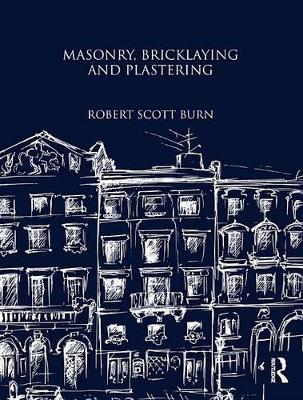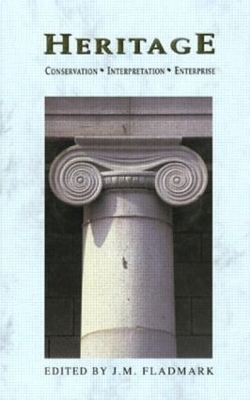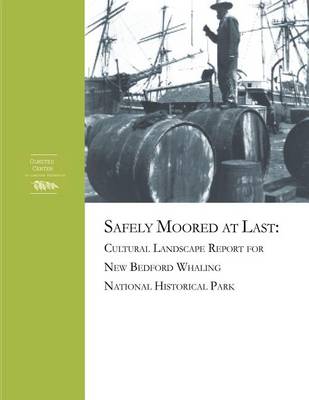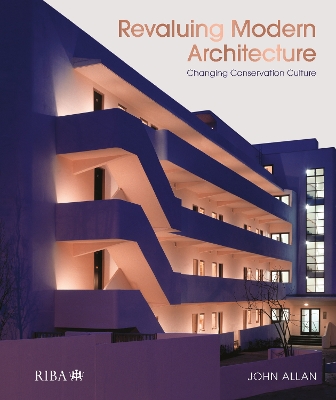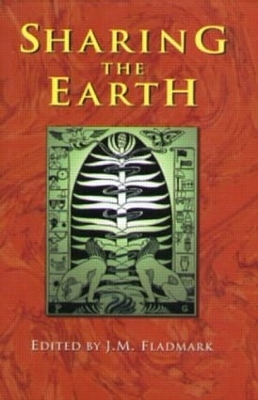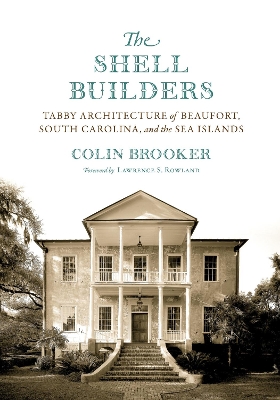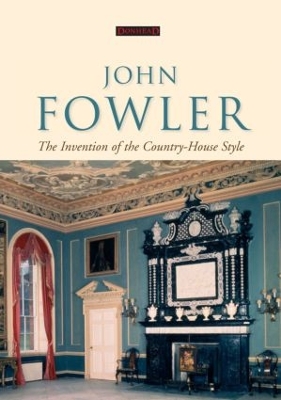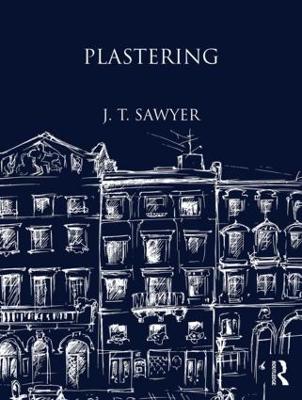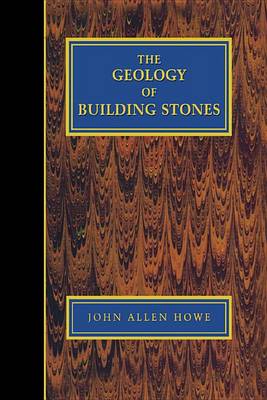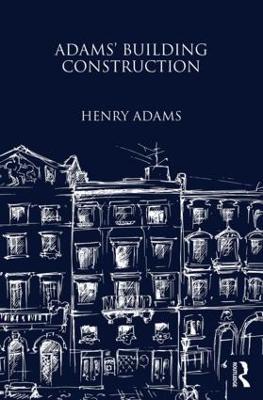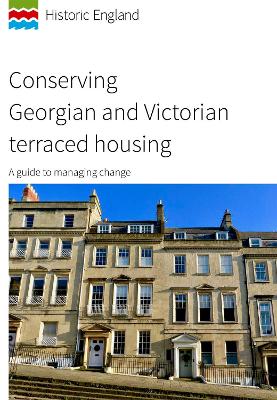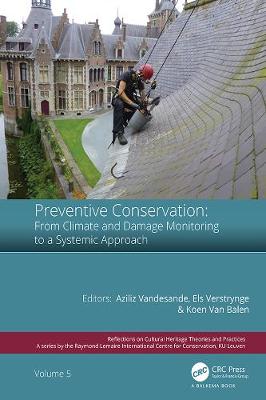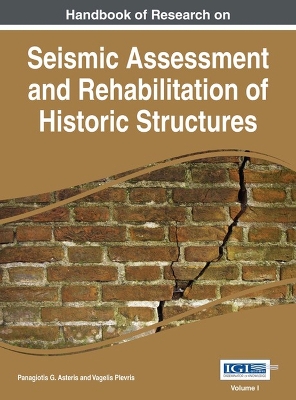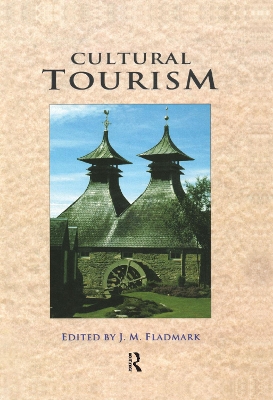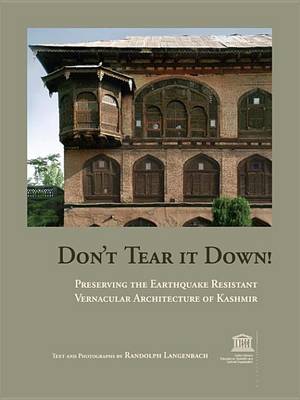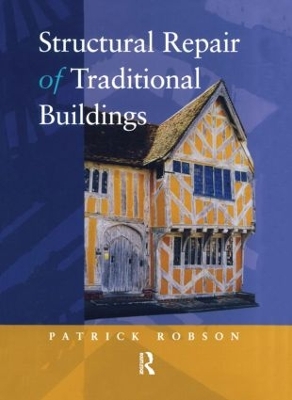Masonry, Bricklaying and Plastering
Robert Scott Burn wrote this book in 1871 at a time of great developments in science, industry and exploration, and when materials for engineering and building were constantly being improved and replaced. It offers, therefore, a useful coverage of both traditional techniques and materials such as stone, brick and pise, but also examines the developments in the use of cement for wall covering as well as cement blocks to be used as artificial stone. This reprint of the original work contains over...
Reimagining Industrial Sites (Routledge Research in Landscape and Environmental Design)
by Catherine Heatherington
The discourse around derelict, former industrial and military sites has grown in recent years. This interest is not only theoretical, and landscape professionals are taking new approaches to the design and development of these sites. This book examines the varied ways in which the histories and qualities of these derelict sites are reimagined in the transformed landscape and considers how such approaches can reveal the dramatic changes that have been wrought on these places over a relatively sho...
This volume deals with policy, methods and techniques for the stewardship of our land and our cultural assets. The focus is on interpretation and presentation of heritage themes, and the papers should be of interest to those concerned with school and university curricula, those working in museums and galleries, and those in charge of parks and tourist enterprises. Individual contributions celebrate achievements and debate issues relating to the natural and built environment, the future of green...
Cultural Landscape Report for New Bedford Whaling National Historic Park
by Patrick L Eleey and Christine a Arato
The conservation of our architectural heritage is a long-running subject of debate. When do buildings become old enough to warrant special heritage status and protection? Who decides which buildings are historically significant enough to protect and conserve? And what does this mean for building users and owners, who might well be better served if their buildings were less authentic, but more comfortable and usable? Presenting a clear line of sight through these knotty problems, this book exp...
Sharing the Earth
Our heritage is rooted in local cultures and environments. However, does modern communication and its international bias now threaten regional integrity? How do we combine global awareness with practical local action, and can heritage be exported from one place to another like Euro Disney? Also, how will future cultural and environmental policies be influenced by the principle of subsidiarity and Article 128 of the Maastricht Treaty? These are some of the questions and issues to be discussed by...
Beaufort, South Carolina, is well known for its historical architecture, but perhaps none is quite as remarkable as those edifices formed by tabby, sometimes called coastal concrete, comprising a mixture of lime, sand, water, and oyster shells. Tabby itself has a storied history stretching back to Iberian, Caribbean, Spanish American, and even African roots--brought to the United States by adventurers, merchants, military engineers, planters, and the enslaved. Tabby has been preserved most abun...
Feldscheune Rieden Arboldswil, Vbf-Inventar Nr. 04/02 (Verein Baselbieter Fedlscheunen / Renovationsprojekte, #2)
by Librum Publishers & Editors
2018-2019 (Flamingo Planners, #1) (18 Month Planners, #1)
by Pretty Planners
The eminent interior designer, John Fowler, was responsible for transforming some of Britain's most important historic interiors. The 'Fowler style' was tacitly accepted as the correct style for the decoration of a period interior, despite the fact that this appearance of understated elegance and comfort was in fact entirely an American invention. This fascinating and controversial review of Fowler's work, containing full colour illustrations, offers an important discussion of the treatment of h...
Sawyer's seminal work was first published in 1951. It offers straightforward practical instruction on the tried and tested methods of plastering as it was practised in the traditional way before the Second World War. It includes very useful drawings of the different features, including the tools, running moulds and geometry for setting out. The chapter describing running mouldings in situ will be of particular interest to the conservation practitioner since this method is now rarely used, but is...
Geology of Building Stones
John Allen Howe's book, The Geology of Building Stones, written in 1910, was the first major reference work to feature information on the considerable range of building stones which were being used in the UK and which were still being quarried at that time. This important and useful publication, now reprinted by Donhead, offers very detailed information on the appearance and qualities of the various types of stone being used at that time, including granite, sandstones, limestones and other lesse...
Henry Adams' Building Construction was first published in 1906. It was reprinted several times and revised in 1912 with the addition of 24 pages on reinforced concrete. Beautifully illustrated with over 2,300 engravings and twelve tinted plates, it is reprinted here, unabridged, for the first time in nearly one hundred years. Adams' work sits comfortably alongside the other great construction books of the period: "Rivingtons" (also facsimiled by Donhead) and "Mitchell's". The latter two were act...
An Encyclopaedia of Cottage, Farm, and Villa Architecture and Furniture
by John Claudius Loudon
Offers numerous examples of designs and construction methods for a variety of houses from small cottages to much larger country houses. This title includes designs and instructions for the building of farmhouses, agricultural buildings, inns as well as designs for small gardens.
Conserving Georgian and Victorian terraced housing (Historic England Guidance)
This guide is for local authorities, owners and others involved in the conservation of Georgian and Victorian / early 20th century terraced housing. It gives a historic overview of terraced housing and identifies important features of different types of terrace. It will help local authorities and others implementing historic environment legislation and policy as well as help those who are planning to make changes to terraced housing to understand their buildings and what is special about them. I...
The concept of preventive conservation has successfully introduced the knowledge that "prevention is better than cure" into the built heritage sector. The benefits of this approach are the cost-effectiveness, the improved protection of heritage values, the reduced risk for accumulating deterioration and additional damage, the prolongation of the physical service life of buildings and building parts and the empowerment of local communities in dealing with heritage. Increasingly, arguments rise ag...
Rehabilitation of heritage monuments provides sustainable development and cultural significance to a region. The most sensitive aspect of the refurbishment of existing buildings lies in the renovation and recovery of structural integrity and public safety. The Handbook of Research on Seismic Assessment and Rehabilitation of Historic Structures evaluates developing contributions in the field of earthquake engineering with regards to the analysis and treatment of structural damage inflicted by se...
How important are our cultural assets to tourism? This book explores policy issues in the use of additional assets in tourism, an important area of economic activity. It should be of interest to all those who are concerned with the arts and tourism in the private sector, in central and local government, museums, the voluntary sector and universities. The emphasis is on the multi-faceted and dynamic nature of culture, the mutual dependency of conservation and enterprise, and the need to pursue an...
Don't Tear It Down! Preserving the Earthquake Resistant Vernacular Architecture of Kashmir
by Randolph Langenbach
This book will be of interest to everyone involved in the repair, maintenance and refurbishment of traditional buildings. Its purpose is to promote the successful structural repair of masonry, timber and unfired earth. The book begins by explaining how traditional structures work and how they are affected by the behaviour of the soil that supports them. It goes on to explain how the structural design of buildings has to cope with uncertainty. Techniques for doing so are well established for new...
This series of books offers an in depth guide to all aspects of brickwork and bricklaying practice. Gerard Lynch, author of the guide to "Guaged Brickwork", has put together these comprehensive and instructive volumes, linking past knowledge and practices with modern skills and materials, so that both can be fully examined and understood. At a time when the conservation and restoration of old buildings demand a more sympathetic handling, such a work should be a useful addition to the existing li...
